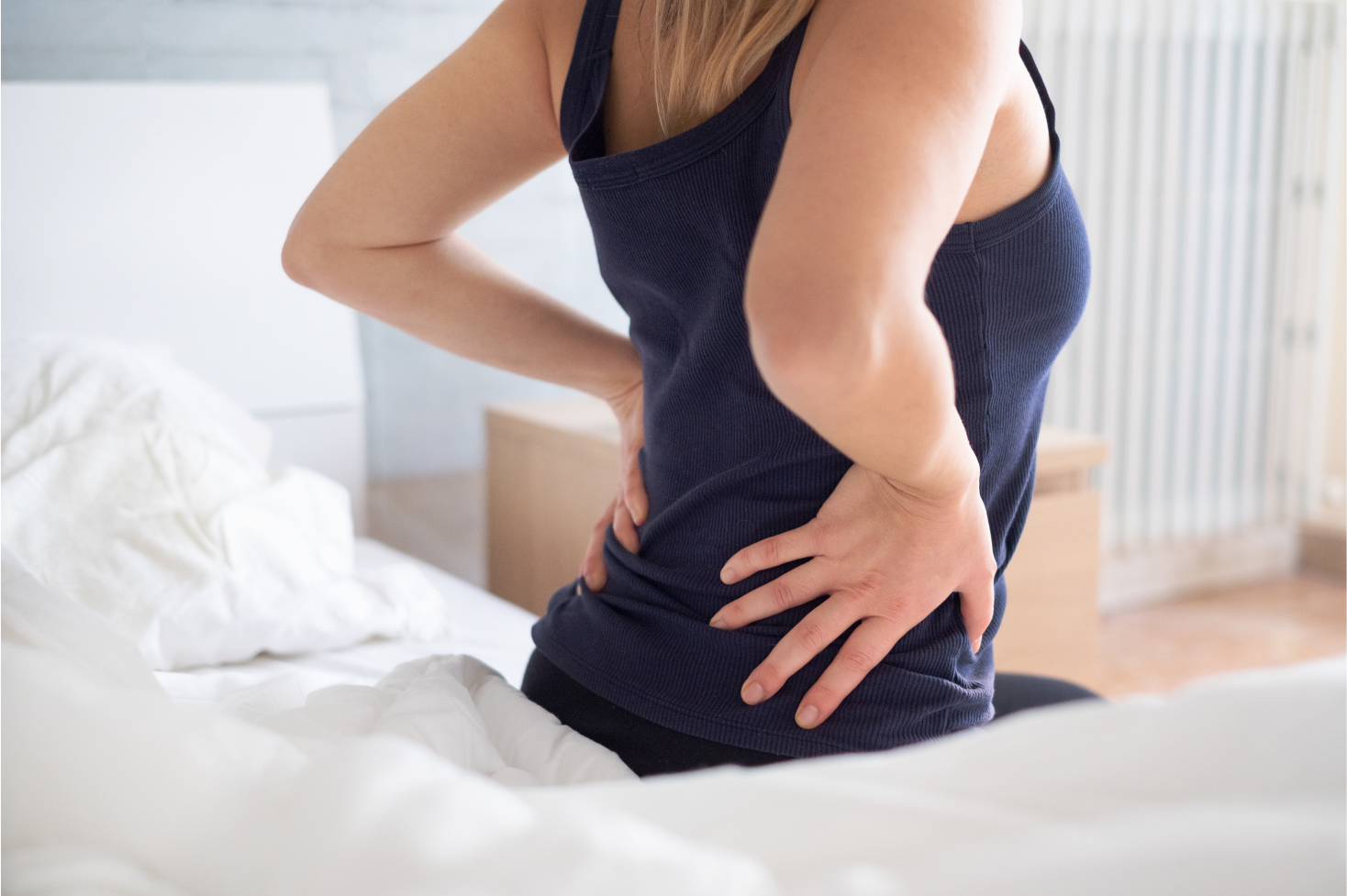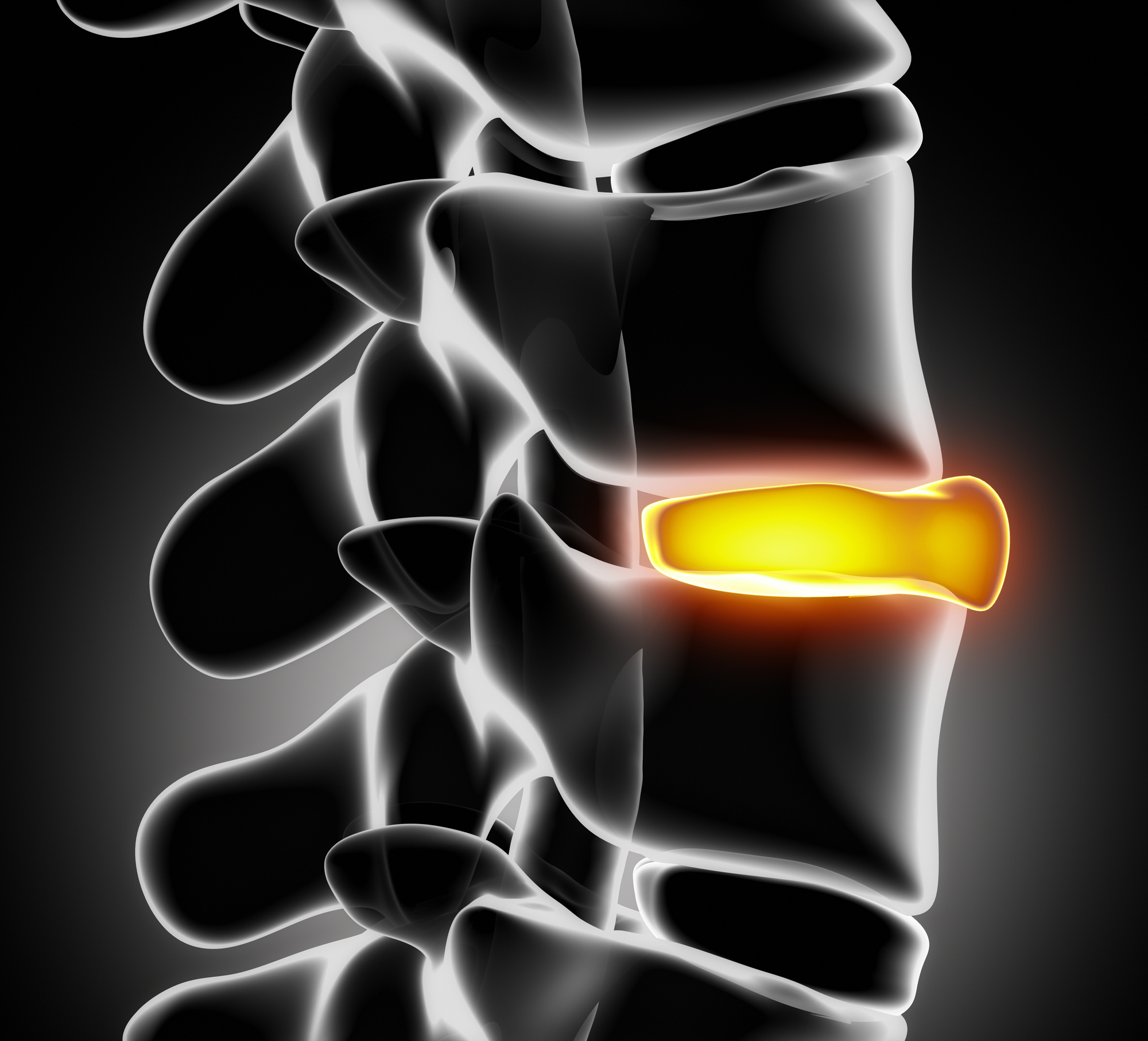Finding Comfort in Intimacy: Best Sex Positions for Back Pain Relief
Explore the Top Sex Positions to Help Alleviate Back Pain and Improve Your Sexual Experience.
Back pain can be a debilitating condition that affects millions of people worldwide. It can limit your mobility and reduce your quality of life. However, there are ways to alleviate this pain, including using specific sex positions that can help reduce the pressure on your back. In this article, we will explore some of the best sex positions for people with back pain.
Sex Position: Spooning
One of the most popular sex positions for people with back pain is the spooning position. This position involves lying on your side with your partner behind you. Your partner can then penetrate you from behind while you support yourself with a pillow or cushion. This position is great for people with back pain because it doesn’t put any pressure on your spine.
Sex Position: Cowgirl
Another great sex position for people with back pain is the cowgirl position. In this position, the woman straddles her partner while he lies on his back. The woman can then control the pace and depth of penetration, which allows her to adjust the pressure on her back as needed. This position is also great for people with back pain because it doesn’t require any bending or twisting.
Sex Position: Modified Missionary
If you prefer a more traditional position, the missionary position can also be modified to reduce back pain. Instead of lying flat on your back, try placing a pillow or cushion under your hips to elevate them slightly. This will help reduce the pressure on your lower back and make the position more comfortable.
Helpful Tips: lube and taking breaks
In addition to using specific sex positions, there are other things you can do to help alleviate back pain during sex. For example, using lubrication can help reduce friction and make penetration more comfortable. Additionally, taking breaks and changing positions frequently can help prevent fatigue and reduce the risk of exacerbating your back pain.
Overview
It’s important to note that not all sex positions will work for everyone with back pain. Some people may find certain positions uncomfortable or even painful. It’s important to listen to your body and experiment with different positions until you find what works best for you.
In conclusion, there are several sex positions that can help alleviate back pain. The spooning position, cowgirl position, and modified missionary position are all great options for people with back pain. It’s important to listen to your body and experiment with different positions until you find what works best for you. By doing so, you can enjoy a fulfilling sex life while managing your back pain.
References:
Executive Spine Surgery. (2023). When Can I Have Sex After Back Surgery? Retrieved from https://executivespinesurgery.com/when-can-i-have-sex-after-back-surgery/
Healthline. (2021, April 20). Sex Positions for People with Back Pain. Retrieved from https://www.healthline.com/health/sex-positions-for-back-pain
SpineUniverse. (n.d.). Sex Positions for People with Lower Back Pain. Retrieved from https://www.spineuniverse.com/wellness/sex-relationships/sex-positions-people-lower-back-pain
Cosmopolitan. (2019, July 12). 10 Sex Positions for People with Lower Back Pain. Retrieved from https://www.cosmopolitan.com/sex-love/positions/g28341964/sex-positions-for-lower-back-pain/




